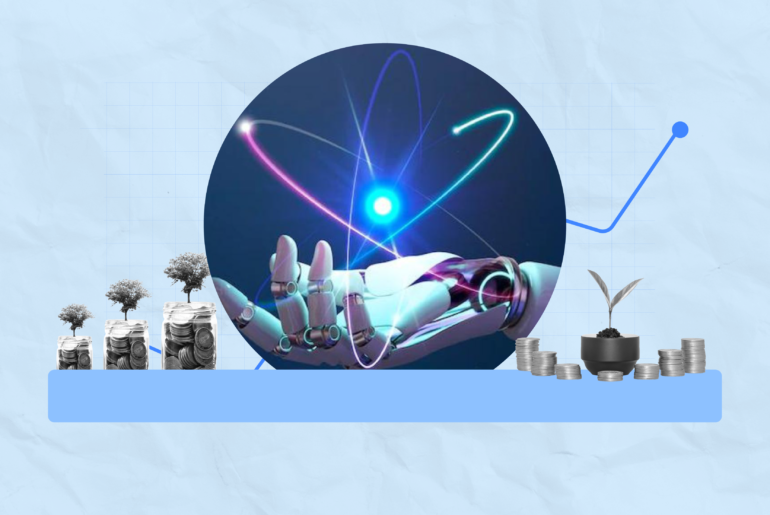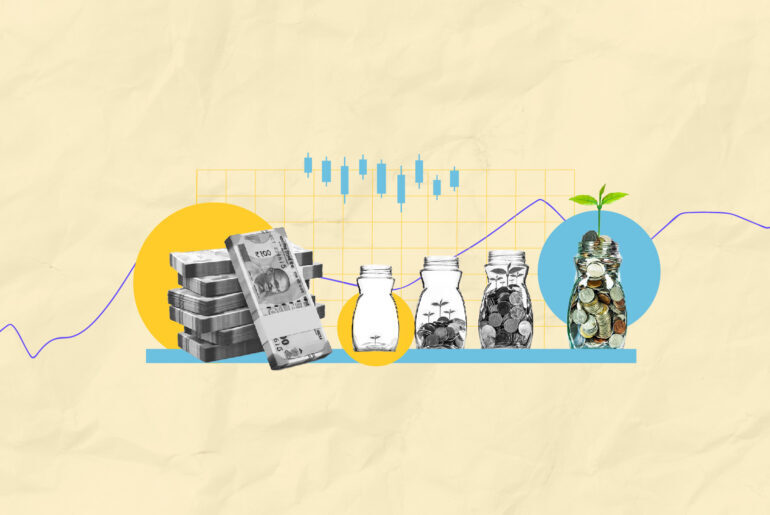Last Updated on May 24, 2022 by Anjali Chourasiya
A stop loss order is an instruction to your broker to execute a trade if the market price moves past a particular level – one which is less favourable than the current market price. It is the opposite of a limit order which instructs your broker to buy or sell an asset at a particular price that is more favourable than the current market price.
In this article, we dive deeper into what is stop loss in share market and how it is different from a limit order.
Table of Contents
What is stop loss in share market?
Stop loss can be defined as an advance order to sell an asset when it reaches a particular price point. It is used to limit loss in a trade. The concept can be used for short-term as well as long-term trading. This is an automatic order that an investor places with the broker/agent by paying a certain amount of brokerage. Stop loss is also known as ‘stop order’ or ‘stop-market order’. By placing a stop loss order, the investor instructs the broker/agent to sell a security when it reaches a pre-set price limit.
In case of a stop loss order, the trading company or broker looks at the trading discipline to help the investor cut losses by the current market bid price (i.e., the highest price for the stock at any point of time at which the investor wants to place a bid), and vice-versa, while selling a stock.
For example, if investor ABC wants to place a bid for shares of XYZ company at a certain price point, they would instruct their brokerage to set the limit against the stock purchase. When the stock reaches the set bid price, an order will be executed automatically to purchase the same.
If you already own the shares of company X and want to sell them, you would ask your broker to sell them when the price reaches a certain high or low. Accordingly, an automatic order will get triggered once the price range matches the set limits.
A stop loss order is a tool used for short-term investment planning. It is used when the investor doesn’t want the pressure of monitoring security on a day-to-day basis. The trade gets triggered automatically and the limits are decided in advance. This can be very helpful for small investors.
A stop-loss vs a limit order
A stop loss order triggers when the stock falls to a certain price. The stop loss is then, technically, a market order. This market order is executed at the next price available. In a volatile situation, the price at which an investor sells could be much lower than anticipated, causing the investor to lose more money than expected.
In contrast, a limit order trades at a certain price or at a better rate. The limit order ensures that the investor does not execute the trade at a lower price than anticipated. Limit orders cost more in trading fees than stop loss orders. Also, limits have a time horizon after which they automatically cancel. This time limitation may cause limits to cancel before they are executed if the price never reaches its trigger point.
A hybrid of the stop loss order and a limit order is the stop-limit order. This method combines the features of a stop loss order and a limit order. When the stock reaches a specified price, it triggers the trade as a limit order and trades only at that price or better.
While the investor is better able to control the trade price with a stop-limit order, the downside is that there is no guarantee the trade will transpire. In markets where the price is falling, the market value may drop below the limit price. In this case, buyers will buy in the open market at the lower of the two prices.
Conclusion
A stop loss order is an automated instruction set by an individual with their broker to execute the sale of a security if the price falls below a certain level. It helps investors effectively manage their losses by capping them through the sale of stocks and bonds if the price drops below a certain level.
- Money Market Mutual Funds in India – Meaning, Advantages & Risks - Apr 21, 2025
- Top Fund of Funds (FOF) in India – Full Form, Types & More - Mar 28, 2025
- Bond Funds – Meaning, Types, Risks, and Benefits - Mar 27, 2025




